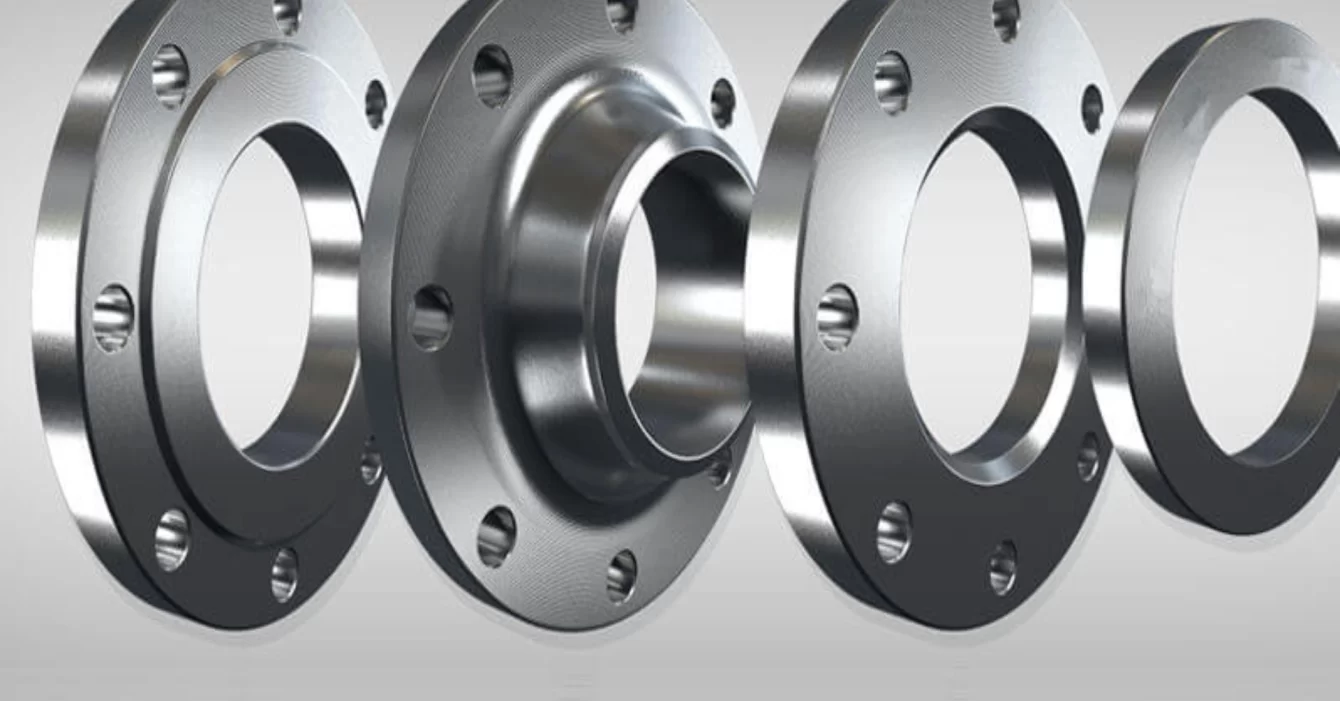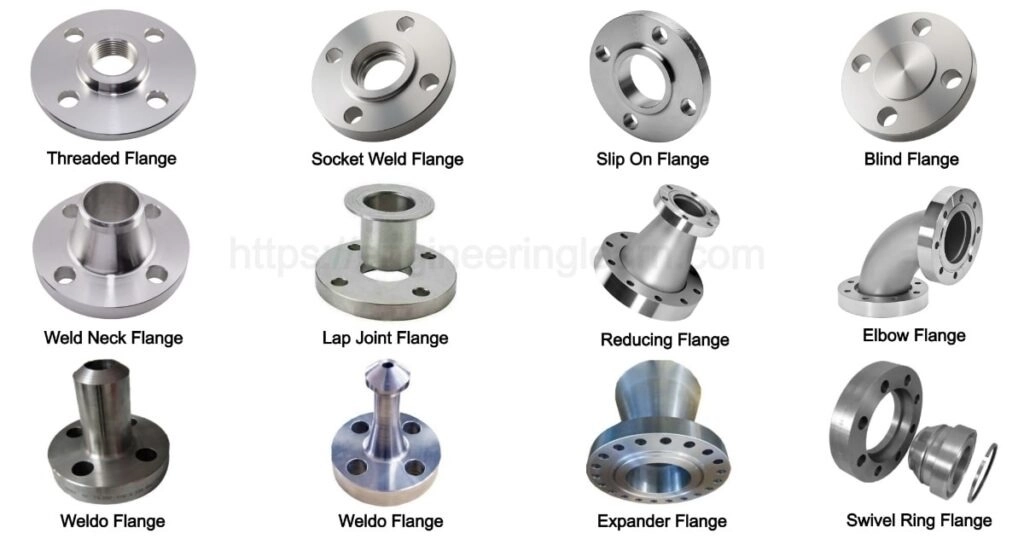
PIPE FLANGES
Slip-on flanges
They are actually slide over the pipe. They are typically machined with an inside diameter slightly larger than the outside diameter of the pipe. This allows the flange to slide over the pipe but to still have a somewhat snug fit. Slip-ons are secured to the pipe with a fillet weld at the top and the bottom of the flange. These are further categorized as a ring or a hub. Rings and hubs are both considered slip on flanges because they both fit over the pipe.
Weld neck flanges
They are installed by welding the pipe to the neck of the flange. This allows for the transfer of stress from the flange to the pipe itself. This also reduces high stress concentration at the base of the hub. Weld necks are often used for high pressure applications. The inside diameter of this attachment is machined to match the inside diameter of the pipe.
Blind pipe flanges
They are used to seal the end of a piping system or pressure vessel openings to prevent flow. They are commonly used for pressure testing the flow of liquid or gas through a pipe or vessel. They also allow easy access to the pipe in the event that work must be done inside the line. Blind pipe flanges are often used for high pressure applications
Lap joint pipe flanges
It fit over the pipe and are most commonly used with Stub End Fittings. A pipe is typically welded to the Stub End and the Lap Joint is free to rotate around the stub end. The benefit of this is that there will not be any issues with bolt hole alignment. These are often used for applications that require frequent dismantling.
Threaded pipe flanges
They are similar to slip-ons except the bore of threaded pipe flange has tapered threads. They are used with pipes that have external threads. The benefit of these is that it can be attached without welding. Threaded pipe flanges are often used for small diameter, high pressure requirements.
Socket-weld pipe flanges
They are typically used on smaller sizes of high pressure pipes. These flanges are attached by inserting the pipe into the socket end and applying fillet weld around the top. This allows for a smooth bore and better flow of the fluid or gas inside of the pipe.
